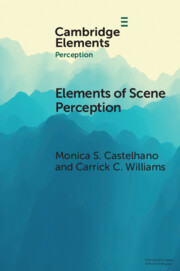Objectives: The aim of this study was to identify whether the three main primary progressive aphasia (PPA) variants would show differential profiles on measures of visuospatial cognition. We hypothesized that the logopenic variant would have the most difficulty across tasks requiring visuospatial and visual memory abilities. Methods: PPA patients (n=156), diagnosed using current criteria, and controls were tested on a battery of tests tapping different aspects of visuospatial cognition. We compared the groups on an overall visuospatial factor; construction, immediate recall, delayed recall, and executive functioning composites; and on individual tests. Cross-sectional and longitudinal comparisons were made, adjusted for disease severity, age, and education. Results: The logopenic variant had significantly lower scores on the visuospatial factor and the most impaired scores on all composites. The nonfluent variant had significant difficulty on all visuospatial composites except the delayed recall, which differentiated them from the logopenic variant. In contrast, the semantic variants performed poorly only on delayed recall of visual information. The logopenic and nonfluent variants showed decline in figure copying performance over time, whereas in the semantic variant, this skill was remarkably preserved. Conclusions: This extensive examination of performance on visuospatial tasks in the PPA variants solidifies some previous findings, for example, delayed recall of visual stimuli adds value in differential diagnosis between logopenic variant PPA and nonfluent variant PPA variants, and illuminates the possibility of common mechanisms that underlie both linguistic and non-linguistic deficits in the variants. Furthermore, this is the first study that has investigated visuospatial functioning over time in the PPA variants. (JINS, 2018, 24, 259–268)
